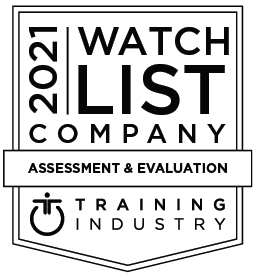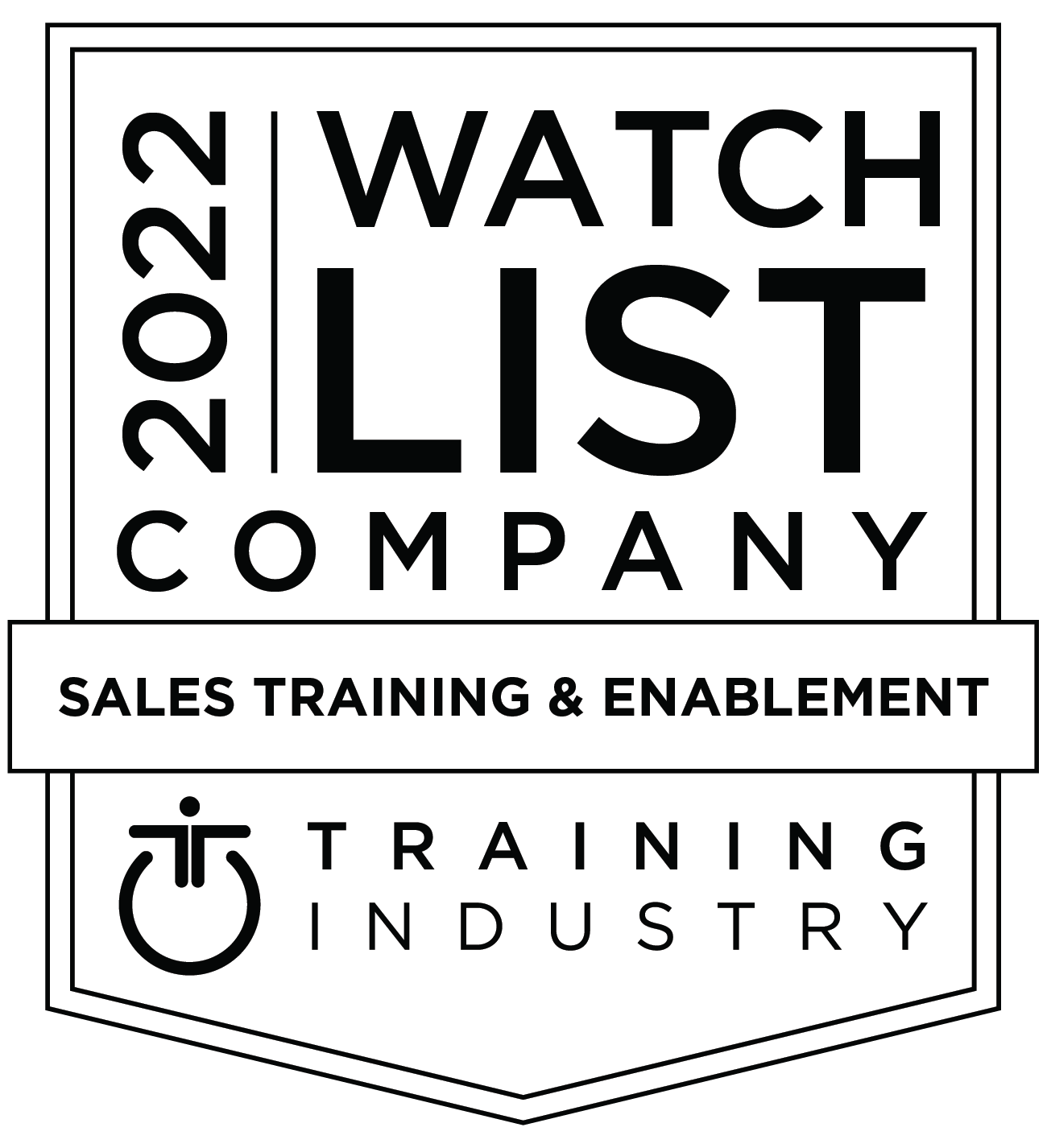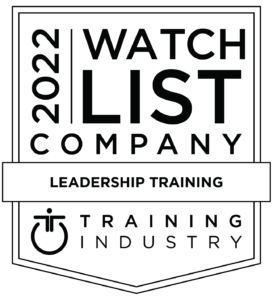If your 2020 user conference plans were impacted by the COVID-19 pandemic, you’re not alone. And if, like many, you’ve chosen to move forward by converting to a virtual conference, you’ll be relying more than ever on your speakers’ skills.
Your company invests a lot in its annual conference. Cancelling runs the risk of a huge opportunity cost, for both you and your customers. Moving forward online is a great option, but it requires some changes to your planning.
What You Gain by Going Virtual
There are many reasons to carry on with a virtual conference. User conferences are chances to build customer relationships and brand loyalty, launch new products, and get valuable feedback as you and your users move forward together.
Virtual events reduce the barriers of cost and time for you and your attendees. They allow you to connect in a time of isolation and reassure your clients while meeting your initial conference goals.
What You Lose
Typical in-person conferences get a lot of value from the less “official” aspects. Stellar entertainment, social networking opportunities, and other amenities build energy and make conference-goers feel like VIPs.
You can’t generate the same atmosphere when your attendees are sitting alone in their own environments, possibly battling distractions and the onset of Zoom fatigue.
Why Speakers Matter More than Ever
To maximize returns, you have to offer attendees a learning experience that exceeds their expectations. The backbone of any user conference is its speakers. A virtual environment emphasizes that role in a different way.
In a virtual setting, speakers need to convey information, but also engage a remote audience and support the theme and energy of the overall event.
Additionally, one study found that people judge the value of an in-person presentation mostly on the content. Conversely, they tend to judge a virtual presentation more by how they feel about the speaker. Do they trust the speaker? Does he or she seem likable?
That’s a lot of pressure on the presenters.
Are Your Speakers Ready?
While audiences are more used to virtual interactions these days, you’re still relying on your speakers to bring their top presentation game. Foundational speaker skills apply, though they may need to be stepped up.
Share the following tips with your speakers to help them feel confident in engaging learners and meeting conference goals.
8 Tips for Stellar Virtual Conference Presentations
- Increase the emphasis on content.
For all the energy and entertainment of a user conference, the number-one reason attendees invest in a seat is still content. As you review your presentation, look for any places you could crystallize your core message or more clearly highlight valuable content. - Don’t overwhelm the audience with too many details.
Differentiate “must-know” from “need-to-know” information. Text-heavy slides and digressions into interesting side information overload and disengage learners. Keep your slides simple and, again, focused on content. - Tie your presentation to the core message of the conference.
Help attendees feel the energy of a conference by linking your talk to its theme. In some cases, you can get info on the theme in advance and build your speech to that framework.Plan to attend the keynote and other breakout sessions, leaving room to adapt your message on the fly. Referencing other speakers and drawing connections shows how your message applies to the overall event goals. It also positions you as a key player in the conference and lets you build on the energy generated by those earlier talks. - Meet your audience face-to-face.
Turn on your camera. A presentation feels more personal when people can see the speaker. Humans respond to other humans, and movement and facial expressions add depth to your message.Don’t face your audience with a static slide deck. Use best practices for making a good online impression to give them the sense of a person-to-person experience. - Know Your Tech.
Make sure you understand the technology you’ll be using. Know how to turn your sound on, play videos, administer polls, and advance slides.When you’ve learned the basics, practice! Be comfortable navigating slides and reacting to slight glitches or hiccups before you go live. There should be tech support standing by during the conference, but you want to be prepared to minimize any disruption to the audience experience. - Use your platform to encourage interaction.
Learn the features of your platform and use them to generate engagement. In smaller groups, the chat feature can be used to gather and respond to questions in real-time. If you choose to turn on the chat option, make sure you have someone on hand to monitor it as you focus on delivering your content.Q&A and open chat aren’t always ideal for the vast audiences typical of a user conference. Consider using the polling option with larger groups. Polls get people thinking about your topic in a way that makes it personal. They also help you read the room and know what’s resonating with your audience. - Do a dress rehearsal.
Once you know your tech inside out, focus on the subtleties of virtual presentation. Run through your speech as though it were the real thing. Record it. As you rewatch it, ask yourself: Is this engaging? Would I pay attention to this? Adjust your script, pacing, and tone of voice accordingly.Also, note what makes for a better presentation: should you stand? Sit? How does your background come across? How’s the sound? Does a headset work better than your computer microphone? Make adjustments as necessary and run another rehearsal. - Bring competence, confidence, and passion to your presentation.
Communicate your expertise and enthusiasm to your audience. Some speaker skills for doing so, like moving around and gesturing, are severely limited in this medium. But you can still have a solid executive presence online.Practice gestures for emphasis and see how they play on camera. Limit your movements, and make eye contact by looking into the camera regularly, not at your screen. Let your audience feel that you’re talking directly to them.Finally, remember the passion that brought you to this topic in the first place. Infuse your slides with imagery and wording that gets the emotion across. Focus on the finer points of delivery: vocal dynamics, emphasis, and enthusiasm in sharing stories.
Your speakers are foundational to your conference success. Give them the support they need to impress in a virtual environment, and both you and your attendees will profit.










